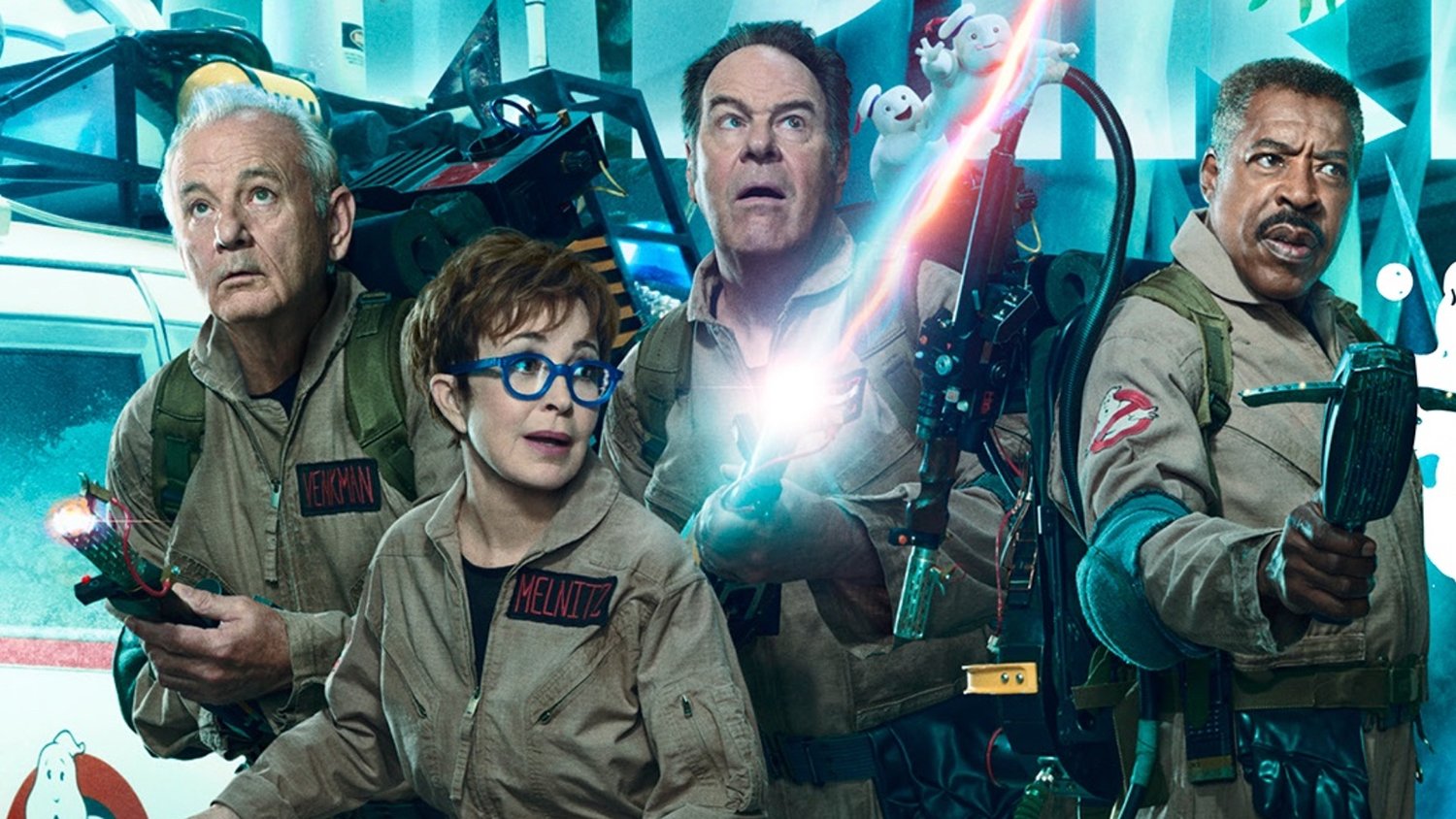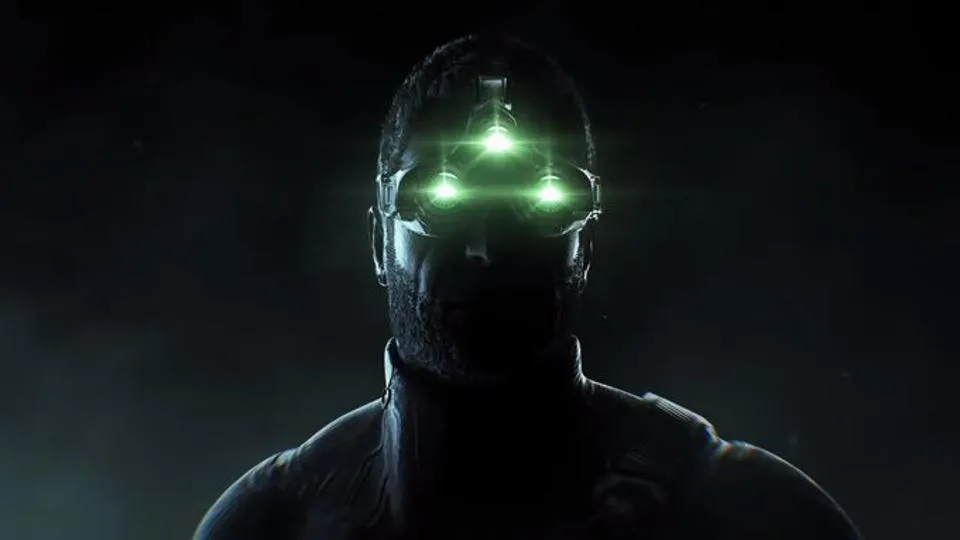James Gunn, the visionary director known for his work on the Marvel Cinematic Universe’s “Guardians of the Galaxy” series and the DC Extended Universe’s (DCEU) “The Suicide Squad,” could find valuable inspiration in the animated “Justice League” and “Justice League Unlimited” series for shaping the future of the DCEU.
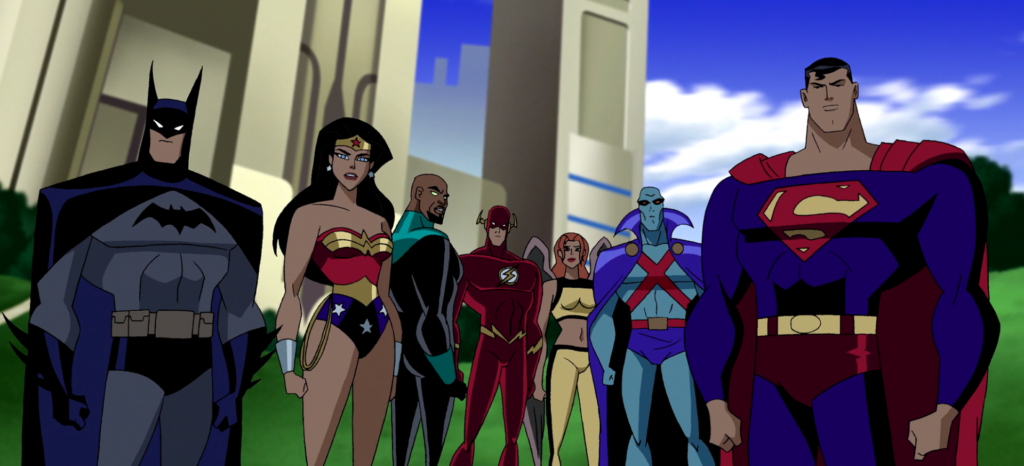
In the animated “Justice League” and “Justice League Unlimited” series, the exploration of intricate dynamics among the Justice League members stands out as a hallmark of storytelling brilliance. These animated iterations expertly capture the essence of teamwork, illustrating how the diverse personalities of heroes like Superman, Batman, Wonder Woman, and The Flash interact within the confines of a superpowered ensemble. The camaraderie among the characters is not just a superficial display of unity but a nuanced depiction of the complexities that arise when individuals with distinct backgrounds and abilities come together. The well-crafted banter adds a layer of authenticity, making the interactions feel genuine and reflective of the bonds formed during high-stakes situations. Moreover, the conflicts that arise within the team add depth to the characters, showcasing their vulnerabilities and allowing for meaningful character growth. James Gunn, known for his ability to infuse heart and humor into team dynamics, can draw inspiration from these animated portrayals to create a DCEU team that resonates emotionally and engages audiences on a personal level.
The blueprint offered by the animated series extends beyond mere character dynamics, providing Gunn with a guide to explore relationships within the DCEU team in a way that transcends the traditional superhero narrative. By showcasing the personal lives, struggles, and triumphs of the Justice League members, Gunn can breathe life into the characters beyond their superhero personas. This depth not only enhances the storytelling experience but also establishes a connection between the characters and the audience. The animated series demonstrate that a superhero team is not just about saving the world but also about the growth, friendships, and shared burdens that come with shouldering the responsibility of being heroes. Gunn’s directorial prowess, when aligned with the animated series’ approach to character depth and relationships, could elevate the DCEU to a new level of emotional resonance, making it a cinematic universe where audiences invest not just in the heroics but in the very human journeys of the Justice League members.

Diverse Storytelling
“Justice League” and “Justice League Unlimited” showcase a remarkable breadth of storytelling by seamlessly navigating between cosmic adventures and street-level heroics. This narrative versatility allows the animated series to capture the essence of the expansive DC universe, presenting a diverse range of challenges that befall the Justice League. From intergalactic threats that require the league’s combined might to intimate, character-driven stories that delve into the personal struggles of its members, the animated series strike a delicate balance. By exploring such a wide array of storylines, the shows not only keep the narrative fresh and dynamic but also showcase the adaptability of the Justice League in responding to different types of crises. James Gunn, in considering this approach, can infuse the DCEU with a rich tapestry of stories that transcend the conventional superhero genre, ensuring a cinematic experience that caters to various tastes and preferences within the audience.
The versatility observed in the animated series provides Gunn with a blueprint for crafting a DCEU that caters to both fans of grand, epic team-up adventures and those who appreciate more intimate, character-driven narratives. By drawing inspiration from the animated counterparts, Gunn can weave a cinematic universe where the stakes are high in cosmic battles, yet the emotional resonance is equally powerful in exploring the individual journeys of iconic DC characters. This approach not only ensures a more inclusive appeal but also allows the DCEU to capture the essence of the comic books, where superheroes navigate a spectrum of challenges, from saving the world to grappling with their personal demons. Ultimately, this narrative diversity could contribute to the long-term success and sustainability of the DCEU by offering a cinematic experience that continually surprises and engages audiences.
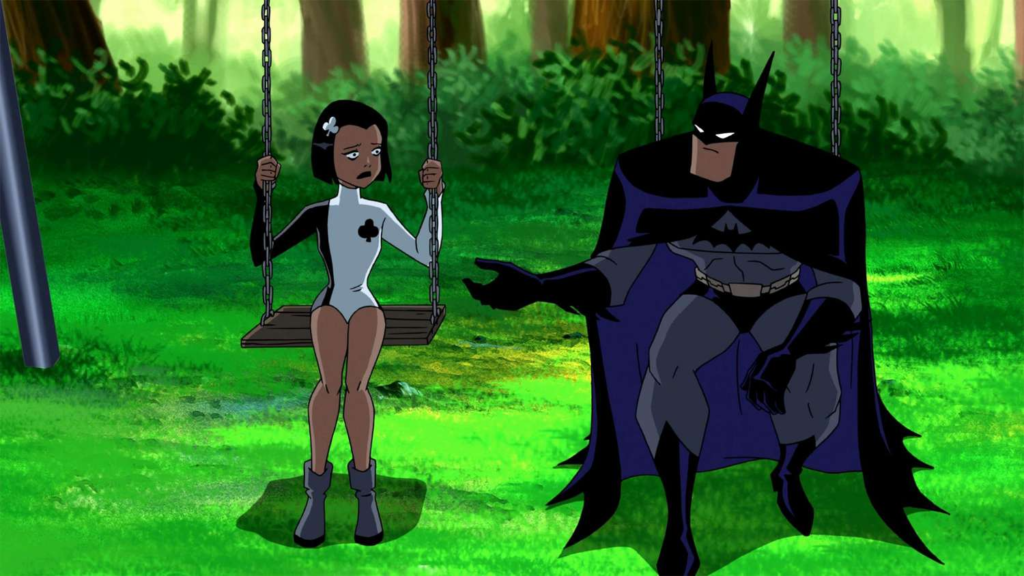
World-Building
The animated “Justice League” and “Justice League Unlimited” series serve as a masterclass in expanding the DC universe by introducing a multitude of characters and delving into the intricacies of the DC multiverse. This narrative strategy not only enriches the storytelling experience but also contributes to the creation of a more immersive and interconnected cinematic universe. James Gunn could draw inspiration from this model to infuse the DCEU with a diverse array of heroes and villains, each bringing their unique stories and dynamics to the forefront. By embracing the vastness of the DC multiverse, Gunn has the opportunity to introduce lesser-known characters, explore different dimensions, and create a tapestry of interconnected narratives that resonate with both avid comic book enthusiasts and mainstream audiences. This approach not only fuels the creative potential of the DCEU but also lays the foundation for future storytelling possibilities, ensuring that the cinematic universe remains a rich and evolving tapestry of characters and worlds.
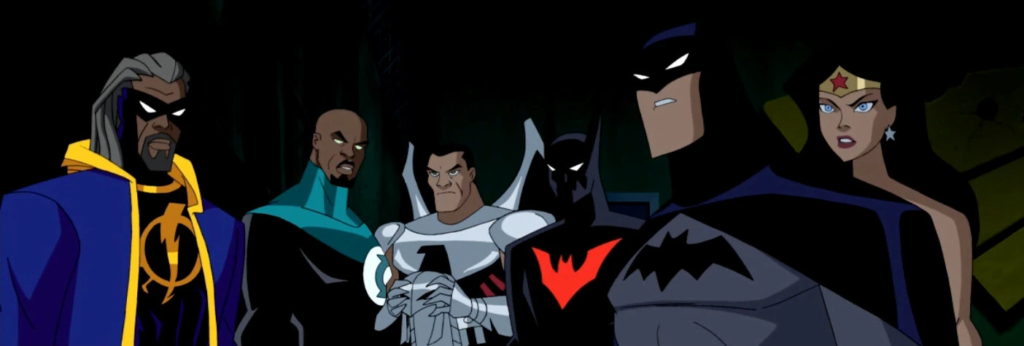
Long-Form Storytelling
One of the standout features of the animated “Justice League” and “Justice League Unlimited” series is their adoption of a serialized storytelling approach, a format that allows for the development of overarching plots and character arcs over an extended period. This method ensures a deeper engagement from the audience, as they become invested not only in individual storylines but also in the broader narrative that unfolds across multiple episodes. James Gunn, known for his narrative finesse, could consider integrating this serialized strategy into the DCEU, creating a cinematic experience where each film contributes to a larger, interconnected tapestry. By adopting this long-form storytelling approach, Gunn has the opportunity to craft a more immersive and cohesive narrative, providing audiences with a sense of continuity and anticipation as they witness the evolution of characters and plotlines over several films.
Incorporating serialized storytelling into the DCEU not only allows for the exploration of complex story arcs but also facilitates the development of overarching themes and motifs. This approach could enhance character depth and provide a more profound understanding of the interconnected relationships within the Justice League. Moreover, it opens the door for strategic character introductions and crossovers, creating a sense of unity and cohesion across the DCEU films. As audiences follow the characters through their respective journeys, the serialized format enables Gunn to build suspense, create impactful moments, and cultivate a cinematic universe that feels rich, dynamic, and continually evolving. This approach aligns with the changing landscape of modern cinema, where audiences increasingly appreciate narratives that unfold gradually, allowing for a more immersive and satisfying viewing experience.
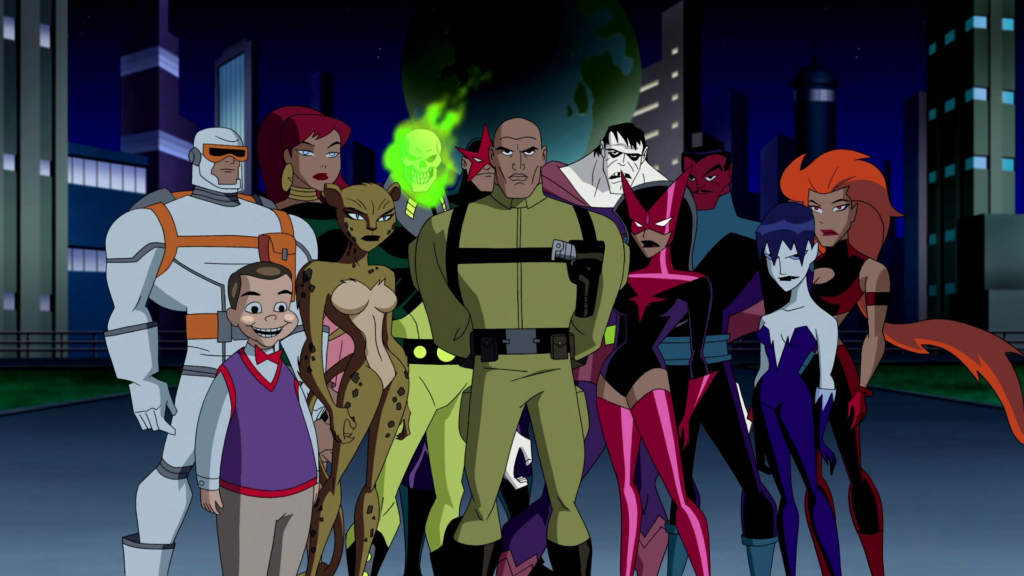
Character Development
The animated series “Justice League” and “Justice League Unlimited” distinguish themselves by delving into the personal lives and backgrounds of their characters, a narrative choice that provides ample opportunities for substantial character development. By exploring the human side of superheroes, these series offer audiences a deeper understanding of the motivations, struggles, and emotional landscapes that drive each character. James Gunn, with his knack for character-driven storytelling, could emphasize these elements in the DCEU, enabling the creation of superheroes that are not only iconic figures in costume but also relatable and multidimensional individuals with compelling personal stories. This approach would not only enhance the audience’s emotional connection to the characters but also contribute to a more immersive and authentic portrayal of the Justice League members, making them resonate on a profound and human level within the cinematic universe.
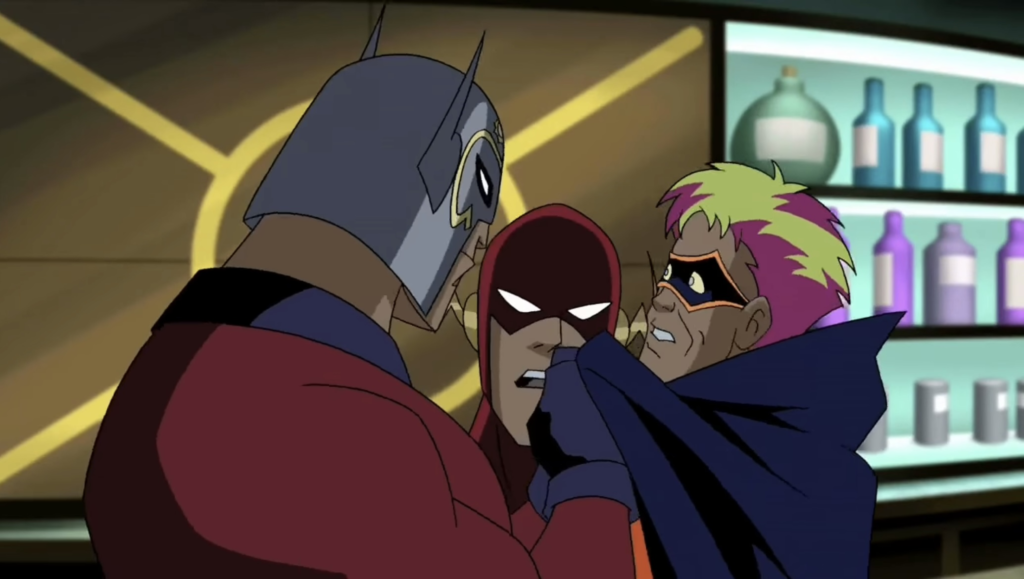
Exploration of Lesser-Known Characters
The animated series “Justice League” and “Justice League Unlimited” stand out for their willingness to introduce viewers to lesser-known characters, providing these heroes and villains with an opportunity to shine in the spotlight. By featuring characters who might not have the same level of recognition as the core Justice League members, these series broaden the scope of the DC universe, showcasing its vast and diverse array of characters. James Gunn, renowned for his talent in elevating lesser-known characters, could capitalize on this approach in the DCEU. By introducing new heroes and villains or giving spotlight moments to those who haven’t received much attention in previous adaptations, Gunn has the chance to breathe new life into the cinematic universe. This strategy not only adds freshness to the storytelling but also allows for a more inclusive representation of the DC pantheon, giving a diverse range of characters the opportunity to captivate and resonate with audiences.
Gunn’s ability to make characters endearing and popular, as demonstrated in his work with the Guardians of the Galaxy in the Marvel Cinematic Universe, positions him as a director who can successfully navigate the challenge of bringing lesser-known DC characters to the forefront. By infusing his unique storytelling style and humor, Gunn could turn these characters into fan favorites, enriching the DCEU with a roster of compelling figures that extends beyond the familiar faces. This approach aligns with the spirit of comic book storytelling, where characters from all corners of a fictional universe have the potential to become beloved icons, and it could contribute to the DCEU’s ongoing evolution and expansion.
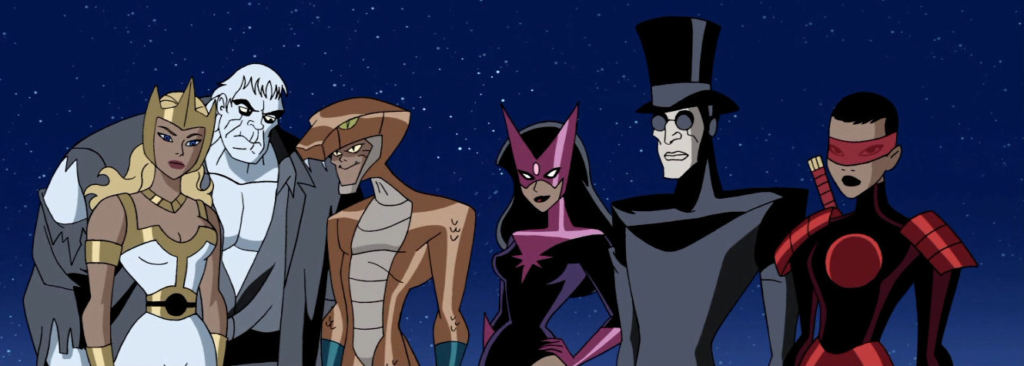
James Gunn could find inspiration in the animated “Justice League” and “Justice League Unlimited” series to shape the DCEU into a cinematic universe that not only showcases epic superhero team-ups but also excels in character development, storytelling diversity, and world-building. Embracing the strengths of these animated series could lead to a more comprehensive and captivating DCEU experience for both dedicated fans and new audiences.



